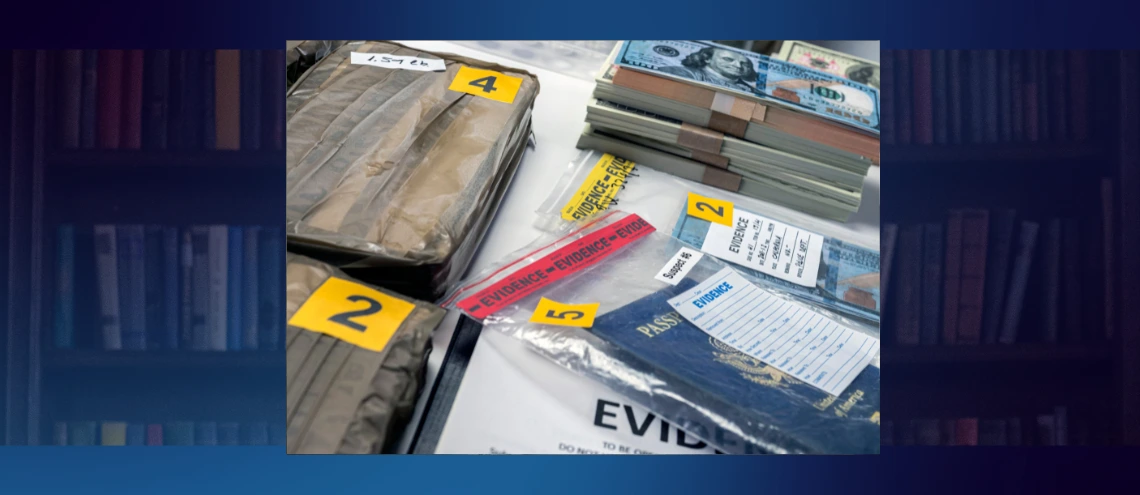
If your loved one is incarcerated and you’re searching for ways to prove their innocence or reduce their sentence, understanding what Brady Evidence is and how it works could play a crucial role in their case.
What Is Brady Material?
Brady Material, often called Brady Evidence, refers to any evidence that is favorable to the defense. This includes information that could prove your loved one’s innocence or reduce the severity of their punishment.
Essentially, it is evidence that is “exculpatory,” meaning it can show someone was not guilty or suggest a lighter sentence.
But why is it called Brady Evidence?
The term originates from the 1963 Brady v. Maryland case. This landmark decision established that the government and state have a constitutional duty to provide any favorable evidence to the defense – even without the defense requesting it.
This obligation applies to prosecutors, police officers, and other state agents involved in a case.
If evidence exists that wasn’t disclosed – such as inconsistent statements, critical facts, or key evidence that could help the defense – that failure to disclose it could qualify your loved one for legal relief.
How Is Brady Evidence Discovered?
Finding Brady Evidence takes thorough investigation, and that’s where experienced post-conviction attorneys come in.
At our office, we use several methods to uncover this essential material, including:
- Filing public information requests and freedom of information requests (FOI).
- Collecting and reviewing both the District Attorney’s files and the original defense attorney’s files.
- Comparing these files to identify any discrepancies or withheld information.
We also gather records from various state agencies that could have been involved in the case, such as:
- The Texas Department of Public Safety (DPS)
- The county Sheriff’s office
- Local police departments
- CPS (Texas Child Protective Services)
By meticulous comparison, we search for evidence that may have been collected by law enforcement but never forwarded to the District Attorney’s office.
If anything was withheld, it might still qualify as Brady Material, giving your loved one an avenue for relief.
Steps to Uncover Brady Evidence
To properly uncover Brady Material, we follow a detailed process:
- Get copies of the defense file and the state’s file.
- Compare the two files carefully to identify differences.
- Obtain records from police or sheriff’s offices or other relevant agencies.
Interview key individuals again, including:
- Prosecutors
- Defense attorneys
- Detectives
- Victims
- Witnesses
By re-interviewing witnesses and victims, we often uncover inconsistent statements or other undisclosed information.
These discrepancies can become powerful sources of Brady Evidence for your loved one’s case.
Why Brady Material Matters
Uncovering and using Brady Evidence isn’t just about upholding the law. It’s about ensuring a fair trial and giving your loved one the chance they deserve.
The work may involve sifting through files, speaking with everyone involved, and piecing together overlooked or undisclosed evidence, but the rewards could be life-changing.
If you believe there is Brady Evidence in your loved one’s case, contacting a knowledgeable attorney can help you pursue this critical information.
Every piece of evidence matters, and with the right approach, justice can prevail.
About The Attorney

Jacob Blizzard is board certified in both criminal law and criminal appellate law. Out of 111,000+ attorneys in Texas, only 77 share this dual certification.
Mr. Blizzard is one of only 32 attorneys in the state of Texas who has achieved certification in criminal trial law by the National Board of Trial Advocacy.
He regularly practices in the areas of state and federal criminal defense, criminal appeals, post conviction writs of habeas corpus.

